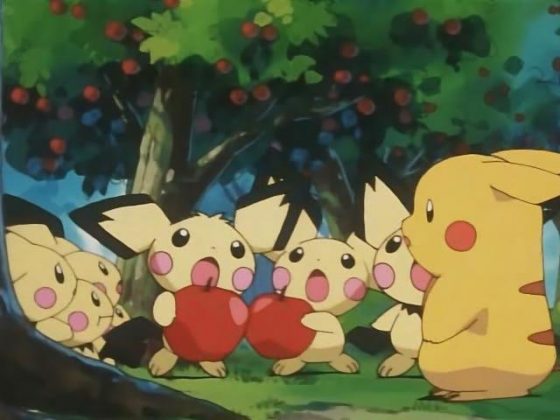
So, do you readers remember this movie from 20 years ago called Shazaam starring Sinbad? Or that the Monopoly Man wears a monocle? By the way, was it spelled the Berenstain Bears or Berenstein Bears? As many of you might know, there’s no such movie called Shazaam, the Monopoly Man NEVER wore a monocle, and it’s Berenstain. These are popular examples of urban legends, or in this case, the Mandela Effect kind. As for the general kind of urban legends, have you tried making your stomach explode by drinking soda after eating rock candy? Feel free to try it! What about the ghost in Three Men and A Baby? Well, that was a cardboard cutout of Ted Danson! So, what are some examples of urban legends in Japanese pop culture? Well, let us show you what we found!
The Tip of Pikachu’s Tail
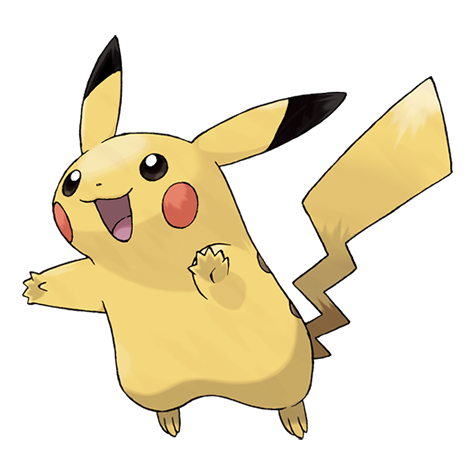
Our first example has to do with the tip of Pikachu’s tail. So, is it completely yellow? Or does it have a black tip? As crazy as it sounds, his tail is almost completely yellow. While we can’t find any origins as to why (maybe fan art?), considering that the tips of Pikachu’s ears are black, we suppose it makes sense that the tip of his tail would be black to maintain a certain kind of consistency. Also, when you take into account that Pichu—or a baby Pikachu—has a black tail, it makes sense for many to assume that the tip of Pikachu’s tail is black.
Extended Ending of Laputa
This particular myth mostly takes place in the Japanese setting and it relates to the hit Ghibli film, Laputa: Castle in the Sky. What’s the story? Apparently, the television broadcasts of Laputa in Japan has an extended ending (other than it has an extended ending, no other info in regards to how it’s extended is elaborated). In the end, it’s about as fake as BigFoot. The origins of this story stem from the fact that the novelization does in fact have an extended ending, and there is some truth that a considerable amount of material was cut from the original movie, but other than that, there is NO extended ending for Laputa on its television broadcasts.
JoJo Predicted 9/11
A good number of people believe that the Notorious BIG prophesied 9/11 when he made reference to the World Trade Center blowing up in his breakout hit, Juicy. As most fans know, those lyrics were a reference to the largely forgotten 1993 bombing of the World Trade Center. In addition to Juicy, it seems that the original manga of JoJo’s Bizarre Adventure, or Chapter 189 of Volume 20 (originally released in 1990), featuring Oingo Boingo, makes a 9/11 prediction. They read a comic and one of the characters in the comic (or Thoth) is wearing a shirt that says 911, and the same character sees that the time is 10:30. People believe this is a prediction to 9/11 not only because of the shirt, but that the first building was attacked at 10:28 AM EST. The fact that it was two minutes off has struck a chord with many fans. Araki was actually asked about it in an interview, and he even admits he doesn’t know what he was thinking when he drew that scene.
Dragon Ball AF
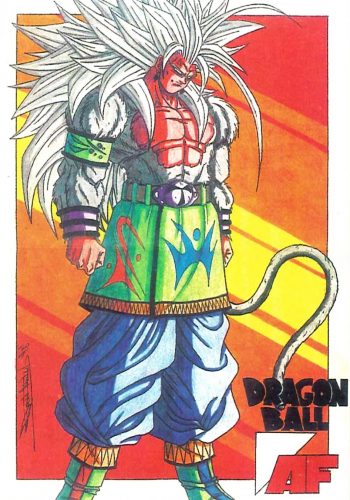
While this is an oldie but a goodie, many can argue that Dragon Ball AF, which was reportedly a sequel to Dragon Ball GT, is one of the first examples of urban legends in the anime world. Have you seen the image of the so-called Super Saiyan 5 Goku? Well, that image still exists to this day, it is by no means an official promotional image. The image dates back to May 1999 in a Spanish magazine known as Hobby Consalas, and it was a fan art submitted by David Montiel Franco. The following October, majin.com posted the image announcing it was an actual sequel. While they immediately said the image was just a fanart after properly confirming, the news spread like wildfire. Keep in mind this was in the infancy of the internet, which is why this rumor refused to die for the next few years.
Saban’s Sailor Moon
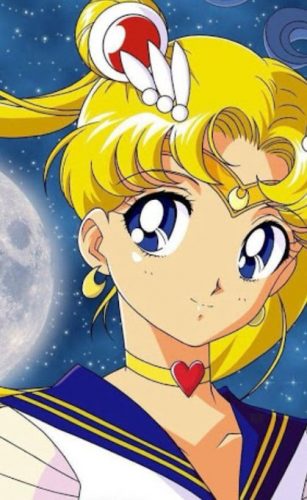
As some of you Moonies probably know, when Sailor Moon was first licensed, the initial plan was not to dub the anime but to adapt the series by mixing live-action and original American animation. The original trailer, which was exhibited at an expo, is on YouTube (and prepare to cringe, or get a bottle of Jack to drown your sorrows, if you’re underage in your respective residence, try to find a suitable substitute). For the last two and a half decades, it was largely called Saban’s Sailor Moon, as in the same Saban that licensed Sentai as Power Rangers. However, it wasn’t Saban making this version of Sailor Moon but Toon Makers. As to why people credit Saban, it is because it goes along with their MO of adapting Japanese properties, and putting an American spin on it. In the end, DiC got the rights and dubbed the original anime.
Final Thoughts
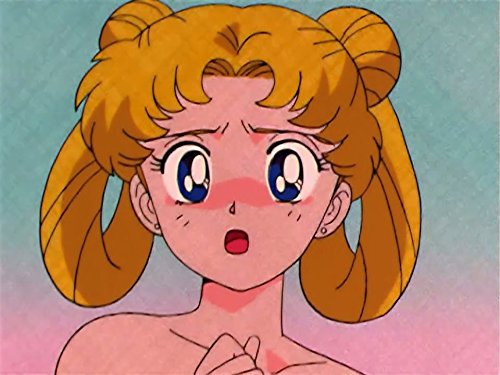
In both Japan and in the international world, urban legends continue to exist. While some have faded into history such as Dragon Ball AF, many fans continue to speculate the color of Pikachu’s tail and whether or not JoJo predicted 9/11. While anime may be relatively young, not only do they have interesting stories to tell, but the myths behind them can also be equally as intriguing. Are there still people who believe in these stories? What are some urban legends you’ve heard in the world of Japanese pop culture? If you got any stories we might have missed, please share some in the comments!

